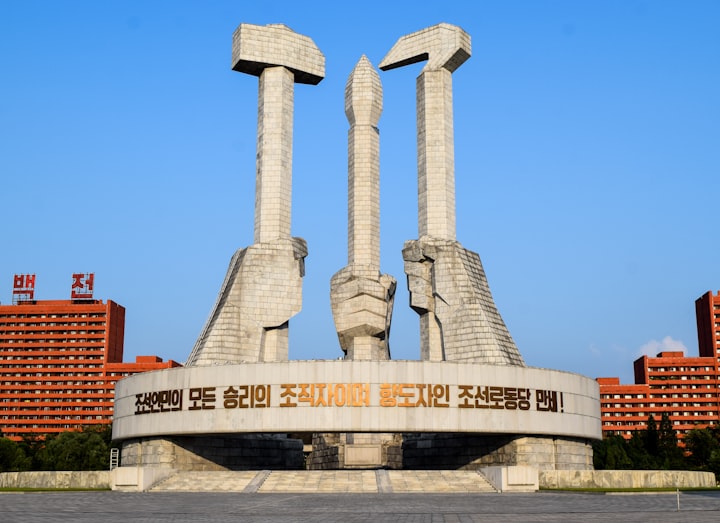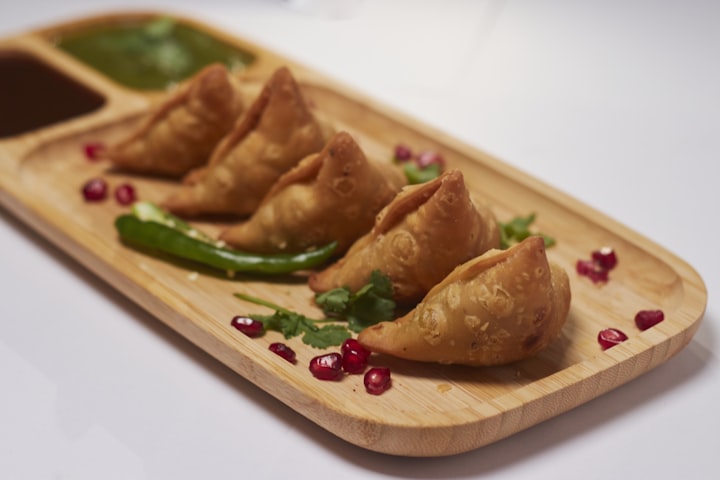Have you ever thought about what food will be eaten by North Koreans?
meat is luxurious food in North korea

Have you ever thought about what food will be eaten by North Koreans?

The food eaten by North Korean people is primarily influenced by its geography, climate, and political situation. The North Korean diet is heavily influenced by the government's food rationing system, which provides basic necessities to the citizens.
Rice is a staple food in North Korea, and it is often eaten with vegetables, meat, and seafood. Other common grains consumed in North Korea include corn, wheat, and barley.
Meat is considered a luxury item in North Korea, and it is typically only consumed on special occasions. The most common types of meat consumed in North Korea are pork and chicken. Seafood is also popular, especially in coastal areas.
Vegetables are an essential part of the North Korean diet, and they are often pickled or fermented to preserve them for longer periods. Some of the most commonly consumed vegetables include cabbage, radish, carrot, onion, and potato.
North Korean cuisine is also known for its unique dishes, such as naengmyeon (cold buckwheat noodles), kimchi (spicy fermented cabbage), and banchan (assorted side dishes).
It is worth noting that North Korea has faced food shortages and famine in the past, which has led to malnutrition and starvation among its citizens. Despite this, the government controls the food supply, and the people's access to food is limited by their social class and political status.
The consumption of meat in North Korea is heavily influenced by the country's political and economic situation. While meat is not considered a staple food in North Korea, it is still consumed by some people, although access to meat is often limited by government policies.
In this blog, we will explore who can eat meat in North Korea and the factors that influence their access to this protein-rich food.
The Political and Economic Situation in North Korea:
North Korea is a socialist state with a planned economy, and the government controls all aspects of life, including food production, distribution, and consumption. The government operates a food rationing system that provides basic necessities such as rice, corn, and other grains to the citizens.
Meat is considered a luxury item in North Korea and is not included in the standard food rations. The production and distribution of meat are heavily regulated by the government, and access to meat is limited to certain groups of people.
Who Can Eat Meat in North Korea?
The government prioritizes the distribution of meat to elite groups such as military personnel, government officials, and those deemed loyal to the regime. These groups are often given preferential treatment in terms of access to meat and other high-quality foods.
Meat is also available in the markets in North Korea, but the prices are often high, making it unaffordable for most people. The high cost of meat in the markets is due to a combination of factors, including a lack of resources for animal husbandry and the country's limited trade options.
In addition, some North Koreans living in rural areas may have access to meat through hunting and fishing. However, hunting and fishing are heavily regulated by the government, and not everyone has the necessary skills or equipment to participate.
Conclusion:
In North Korea, the consumption of meat is limited to certain groups of people, and access to it is heavily regulated by the government. While some people may have access to meat through markets or hunting, it is still considered a luxury item and is not widely available to the general population.
The political and economic situation in North Korea has had a significant impact on the food supply, including the availability of meat. Despite the challenges, the North Korean people have developed unique dishes and culinary traditions that reflect their cultural heritage and resourcefulness.






Comments
There are no comments for this story
Be the first to respond and start the conversation.